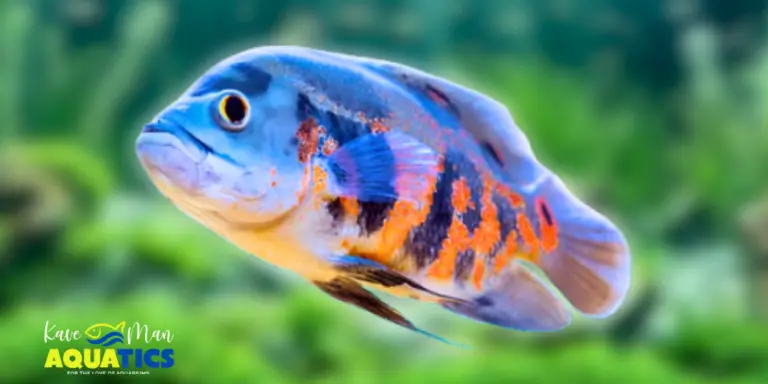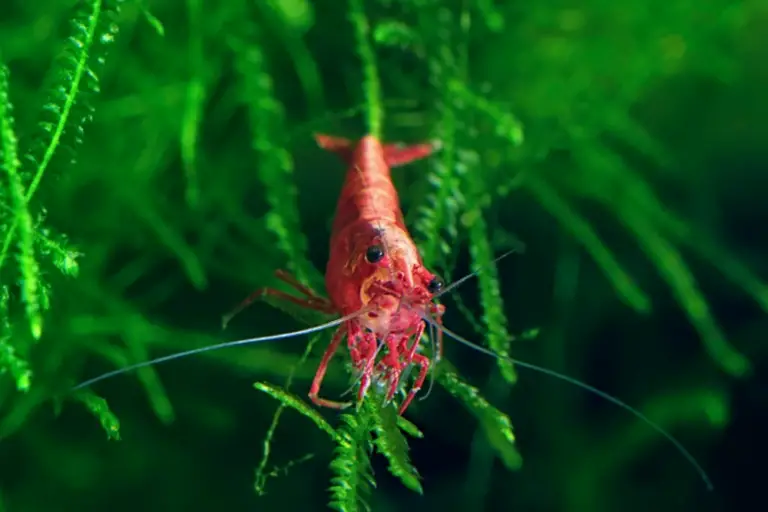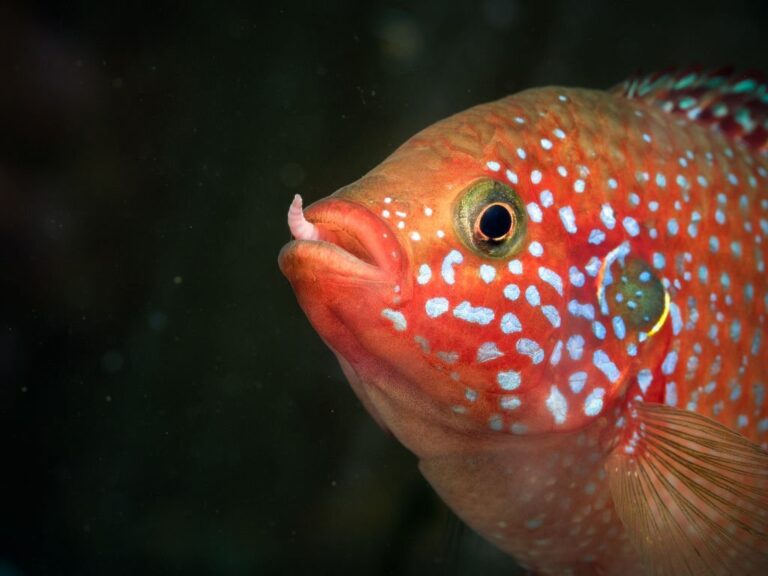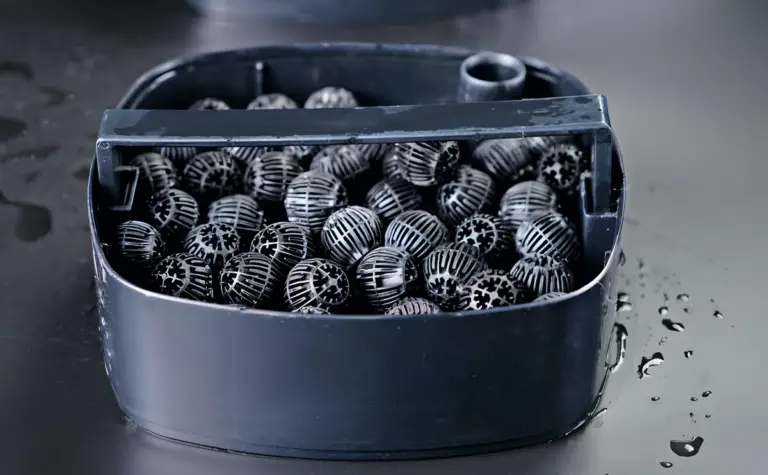From Lush to Limp — Why Do Aquarium Plants Melt?
Have you ever experienced the frustration of seeing your once lush greenery slowly wither away in your aquarium? If so, you’re not alone. This common occurrence can leave many fish-keepers scratching their heads. But fear not! Understanding the reasons behind why aquarium plants melt is crucial for maintaining a thriving underwater ecosystem.
In this blog, we’ll unravel the mysteries behind this phenomenon and shed light on why your beloved aquarium plants may be going from lush to limp. So, let’s dive in!
The Signs of Aquarium Plant Melting
When your aquarium plants start to melt, they often send out distress signals that are important to recognize. Here are some common signs to watch out for:
- Leaf discoloration: Keep an eye out for leaves that turn brown, yellow, or translucent. This discoloration can indicate that the plant is struggling and may be melting.
- Leaf deterioration: As aquarium plants melt, you may notice their leaves becoming soft, mushy, or disintegrating altogether. This deterioration is a clear indication of plant distress.
- Stunted growth: If your plants are not growing as they should or are exhibiting limited new growth, it could be a sign of underlying issues leading to melting.
By staying vigilant and recognizing these signs early on, you can take proactive steps to address the underlying causes of aquarium plant melting and ensure a healthy, thriving aquatic environment for your fish.
The 7 Reasons Why Aquarium Plants Melt
Let’s explore the top reasons why aquarium plants may melt and what you can do about it.

1. Transition from Emersed to Submersed Growth
When you bring home a new aquarium plant, especially if it was grown emersed (out of water), it needs to adapt to its new underwater environment. The emersed-grown leaves are accustomed to taking in light and CO2 from the air, but once submerged, the plant must grow new leaves capable of absorbing nutrients from the water. During this transition, the emersed-grown leaves may die off, giving the appearance of melting. However, with time and proper care, the plant will adjust and regrow.
2. Changes in Water Parameters
Fluctuations or alterations in water parameters, such as pH, temperature, nutrient levels, and CO2 concentration, can stress aquarium plants and lead to leaf melting. Sudden changes in these parameters, whether due to moving plants between tanks or adjusting your aquarium setup, can trigger plant distress. It’s essential to maintain stable water conditions to minimize the risk of melting.
3. Incorrect Planting
Proper planting techniques are crucial for the health of aquarium plants. Planting a bulb plant too deeply or burying the rhizome of rhizome plants can cause stress and melting. Each plant species has its own specific planting requirements, so it’s essential to research and understand the needs of your plants before planting them in your aquarium.
4. Insufficient Nutrients or Light
Just like any living organism, aquarium plants require adequate nutrients and light to thrive. Lack of essential nutrients or insufficient lighting can result in poor plant growth and melting leaves. Regular dosing of liquid fertilizers and providing proper lighting can help prevent nutrient deficiencies and promote healthy plant growth.
5. Temperature Extremes During Shipping
If you’ve ordered aquarium plants online and they were subjected to extreme temperatures during shipping, it can damage the plants and lead to melting upon placement in the aquarium. It’s essential to purchase plants from reputable sources that take proper care in packaging and shipping to minimize the risk of temperature-related damage.
6. Non-viable Bulbs
Sometimes, bulb plants may not be viable, and the bulb will fail to grow into a plant. If weeks pass without any signs of growth from a planted bulb, it’s likely a dud, and you may need to seek a replacement from the seller.
7. Anubias Rot
Anubias plants are susceptible to a rare disease called Anubias rot, where the rhizome becomes mushy and breaks down, leading to melting of the plant. Unfortunately, there is no easy solution to this problem other than removing affected parts of the plant and monitoring for further signs of rot.
How To Treat Melted Aquarium Plants
Seeing your aquarium plants melt can be disheartening, but there’s hope! Here’s how you can treat melted aquarium plants and help them bounce back to their former glory:
- Prune away melted parts: Start by carefully removing any melted or decaying parts of the plant. Use sharp scissors or pruning shears to trim away affected leaves or stems. This not only improves the appearance of the plant but also prevents further decay and potential nutrient spikes in your aquarium.
- Optimize growing conditions: Assess and optimize the growing conditions in your aquarium to promote plant recovery. Ensure stable water parameters, adequate lighting, and proper nutrient levels. Consider adjusting your fertilization routine or upgrading your lighting setup if necessary to provide optimal conditions for plant growth.
- Provide nutrient supplements: Consider supplementing your aquarium with liquid fertilizers or root tabs to provide essential nutrients that may be lacking in your tank. Look for fertilizers specifically formulated for aquarium plants to ensure they receive the nutrients they need to thrive.
- Address underlying issues: Identify and address any underlying issues that may have contributed to the melting of your aquarium plants. This could include correcting planting mistakes, resolving water parameter fluctuations, or improving water circulation and filtration in your tank.
- Monitor and patience: Monitor the progress of your plants closely and be patient. It may take some time for them to recover and start showing signs of new growth. Be consistent with your care routine and adjustments, and give your plants the time they need to recover fully.
How To Prevent Aquarium Plants From Melting
Preventing aquarium plants from melting in the first place is the goal, right? Let’s dive into some tips to keep your aquatic greenery thriving:
- Research before you buy: Before adding any new plants to your aquarium, do your homework. Research the specific needs and requirements of each plant species to ensure they are compatible with your tank setup and capable of thriving in your water conditions.
- Provide proper acclimation: When introducing new plants to your aquarium, take the time to acclimate them properly. This means gradually adjusting them to the temperature, lighting, and water parameters of your tank to minimize stress and promote a smooth transition.
- Maintain stable water parameters: Consistency is key when it comes to water parameters. Fluctuations in pH, temperature, and nutrient levels can stress aquarium plants and lead to melting. Keep a close eye on your water parameters and make adjustments slowly and gradually to avoid shocking your plants.
- Optimize lighting and nutrition: Ensure your aquarium plants receive adequate lighting and nutrition to support healthy growth. Invest in high-quality aquarium lights designed for plant growth and consider supplementing with liquid fertilizers or root tabs to provide essential nutrients.
- Proper planting techniques: Plant your aquarium plants correctly to give them the best chance of success. Pay attention to planting depth, substrate type, and spacing between plants to avoid overcrowding and competition for resources.
- Regular maintenance: Stay on top of regular aquarium maintenance tasks, such as water changes, pruning, and cleaning. Removing debris and decaying plant matter promptly can help prevent nutrient imbalances and algae growth, which can contribute to plant melting.
Dive Deeper into Fish-Keeping with Aquabuildr!

Understanding why aquarium plants melt is just the beginning of your journey into the fascinating world of fish-keeping. As you continue to learn and grow in this hobby, tools like the Aquabuildr app can be invaluable resources for building and maintaining your aquatic ecosystem. With its intelligent algorithm and customizable features, Aquabuildr takes the guesswork out of creating and managing your aquarium, ensuring a harmonious environment for your fish to thrive.
Download Aquabuildr for FREE on Google Play Store or Apple App Store today and feel the power of smart fish-keeping!
-
From Lush to Limp — Why Do Aquarium Plants Melt?
Discover why aquarium plants melt in our comprehensive guide. Learn how to prevent and treat aquarium plant issues. Dive in now!







